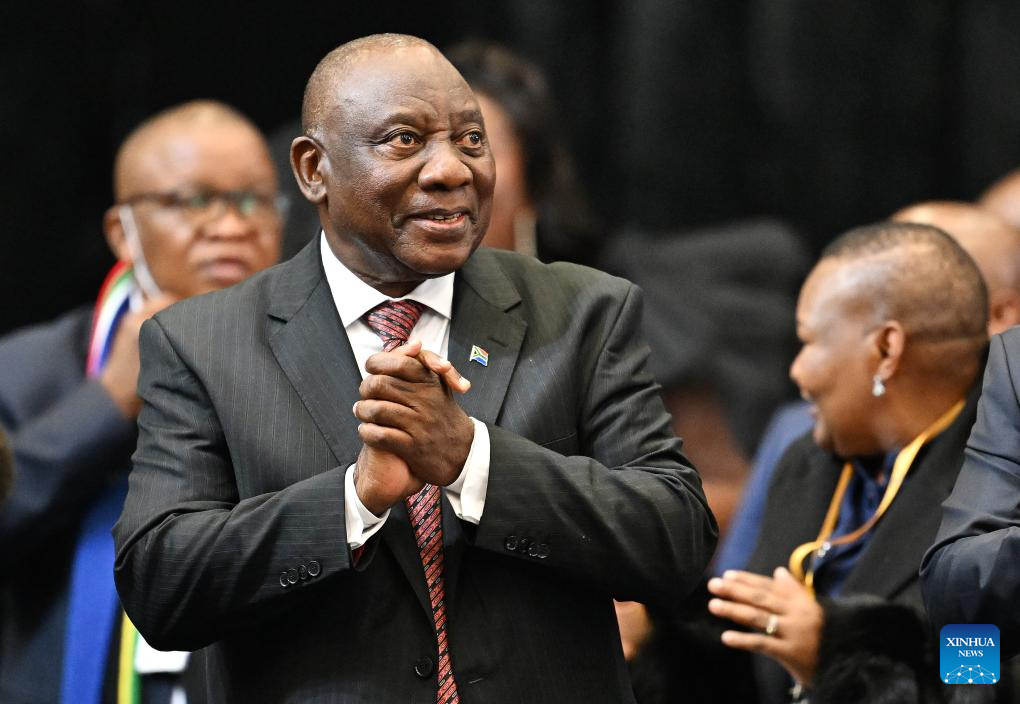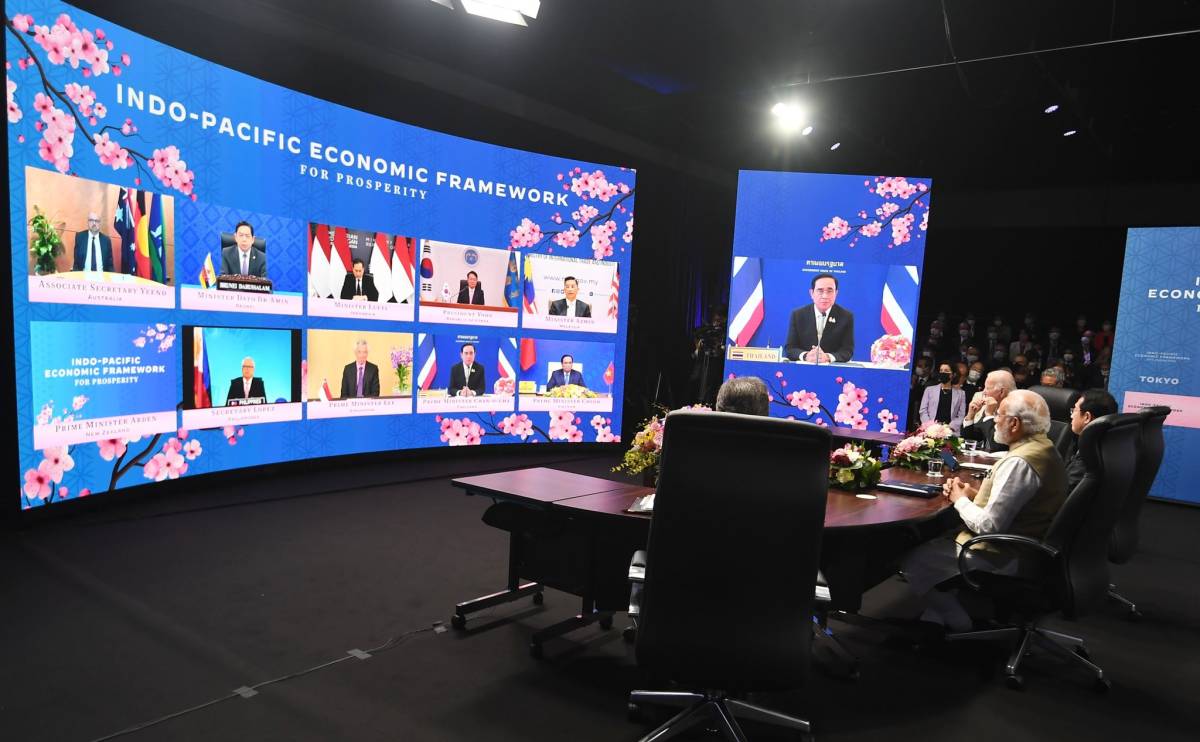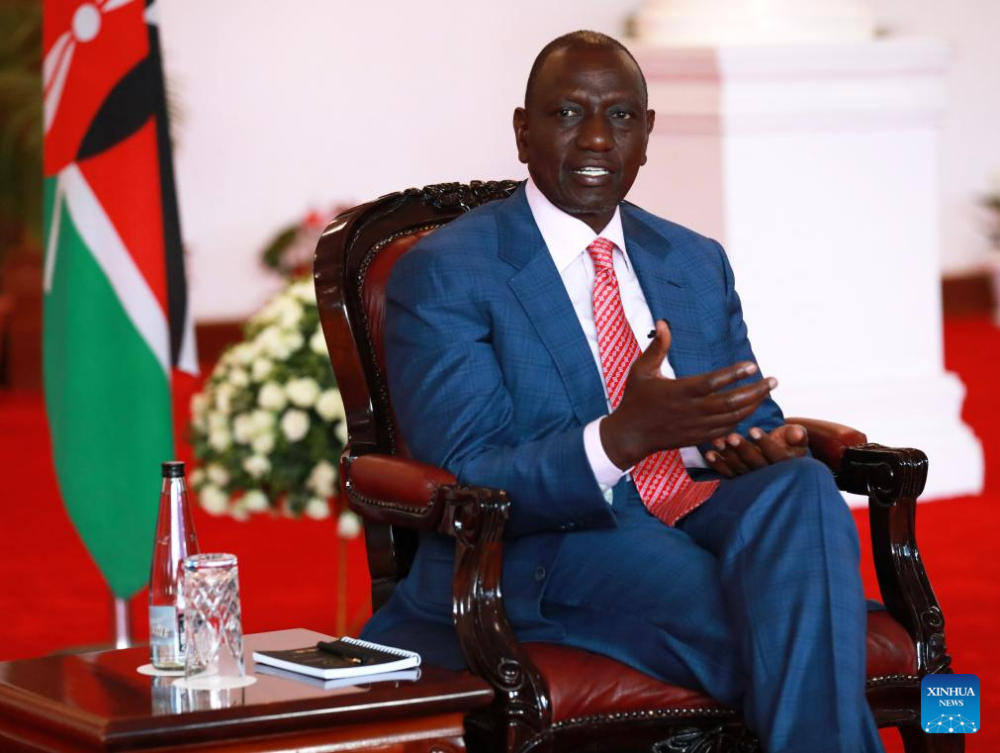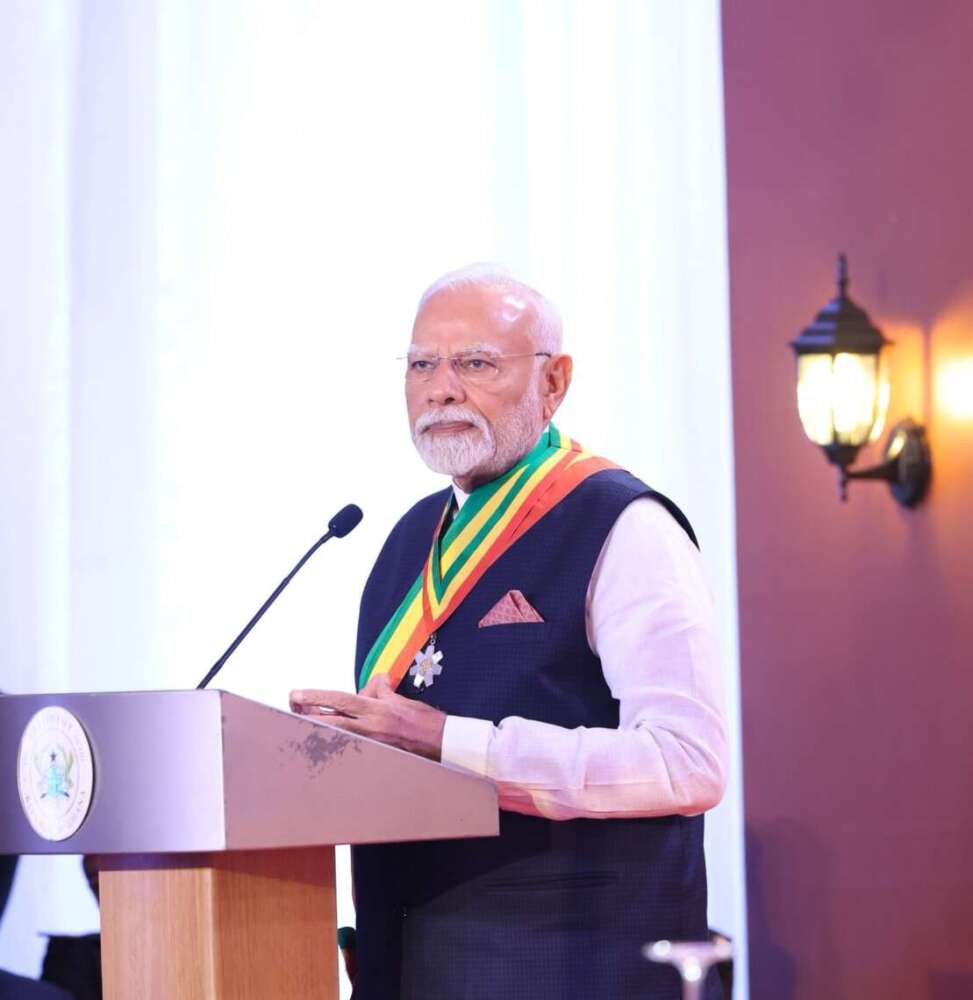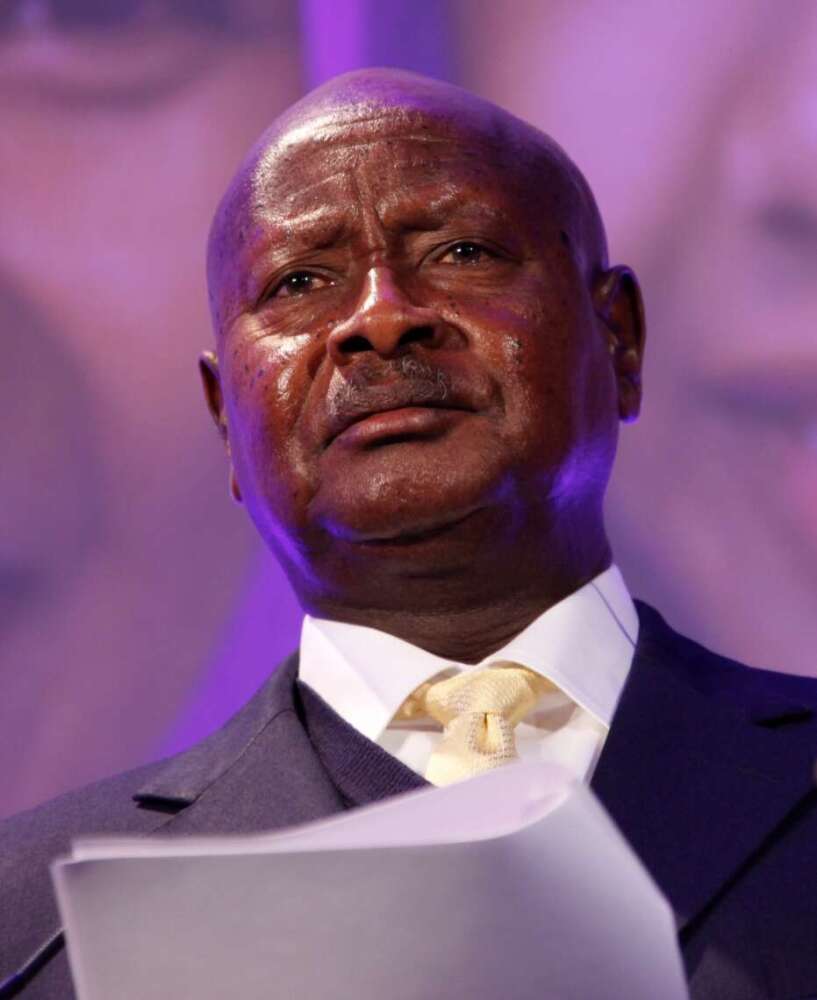In an auditorium, a troupe of dancers moves with admirable agility to the percussion and singing engulfed the room.
Their vigor fanned by rousing applause from their audience. These are the exciting scenes witnessed at the Bomas of Kenya, a pioneering cultural center nestled in Langata, a middle-income suburb some 13 kilometers northwest of capital Nairobi’s central business district.
“Bomas of Kenya preserves tradition by curating cultural dances and music that cuts across all the tribes in Kenya. We also have 23 ‘bomas’ which is a Swahili word for homesteads within the facility,” Rose Mbadi, a Public Relations officer at Bomas of Kenya told Xinhua ahead of the World Day for Cultural diversity that is celebrated on May 21.
ALSO READ: Africa Seek New financial architecture
“The homesteads expose visitors to past and present living organizations of Kenya’s diverse communities,” she added.
The Bomas of Kenya was established in 1971 under the Ministry of Tourism to safeguard, maintain and promote the cultural endowments of over 45 tribes in Kenya. Two years after its establishment, the center obtained resident dancers and musicians who very easily became a pull for tourists with their exquisite dance moves and attire.
The troupe of dancers and musicians was christened Harambee dancers to pay homage to the call for unity and cooperation in building the nation by Kenya’s first president Jomo Kenyatta. Within its expansive serene grounds, the center has carved out a large area where “bomas” or the villages stand.
Its other offerings include a restaurant that serves exclusively traditional cuisine, curio shops, a cultural library, and an art museum endowed with precious artifacts, and costumes, among other relics.





